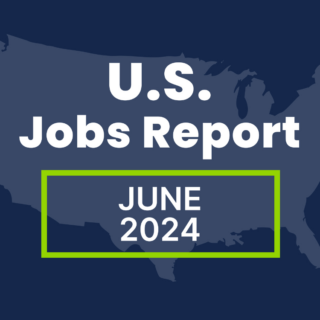By Joe Mongon, Head of Recruitment Delivery, PeopleScout EMEA
From Twitter going hardcore, to protests at Apple, returning to the office is the working culture story that won’t go away.
The BBC reported on the potential disparities between employer and employee expectations on this topic as far back as June 2021. Right now, there is evidence that the expectation gap may be growing, with the supply of remote work options shrinking while demand increases. U.S. job market data from LinkedIn shows remote job listings have decreased to 14% of available opportunities, but they still attract 52% of all applications.
In this context, it’s surprising that so many blunders continue to be made. Plus, there is little reporting of companies getting this process right and virtually no discussion on how to achieve a win-win position. Instead, we hear about the clumsy tactics some organizations are using, like pointing to ‘job requirements’ as the primary reason employees must return to the office or trying to limit fully remote work to what employers perceive as ‘must-have’ talent.
How can talent leaders move forward and break the deadlock?
Introducing the OVP
TALiNT Partners and PeopleScout recently hosted and published a strategic discussion among TA leaders and introduced me to a new concept—the Office Value Proposition (OVP).
This term immediately resonated with me. The journey my own teams have been through over the last 12 months, from simply trying to make the office a safe place (think sitting at opposite ends of big meeting rooms, obeying one-way systems, putting up dividers) to considering ways in which we optimize team days shows the value of making an effort.
Making OVP Part of Your EVP
My broader experience in RPO has shown me that an effective Employer Value Proposition (EVP) can do much of the heavy lifting in candidate engagement and experience. Employers with poorly defined and managed EVPs are left behind in the competition for talent with candidates drawn to organizations with EVPs that align clearly with their own personal values.
PeopleScout has a strong track record of thought leadership and results in this area, and we’re making a call-to-action for talent acquisition and resourcing teams:
Post-pandemic, your EVP is almost certainly out of date. It must incorporate a clear OVP that lays out the benefits of a higher degree of proximity to your office spaces.
There are two things employers must get right when it comes OVP:
- Identify and communicate all the things your physical workplace offers that enhance the employee experience
- Consciously create time on-site for teams to interact, socialize and learn together.
Some time ago, Gallup identified the ‘four Cs’ for shaping a compelling workplace value proposition: connection, collaboration, creativity, culture. Use your office space to maximize the personal, professional and competitive advantages office time provides them at every opportunity.
The value of office working is no longer a given—it must be defined and re-defined. In the recruitment space, the OVP (just like your EVP) provides clarity to potential employees on organizational expectations and demonstrates the extra effort needed to engage talent. When it comes to bridging the office vs remote work expectations gap, it’s employers who should make the first step.



